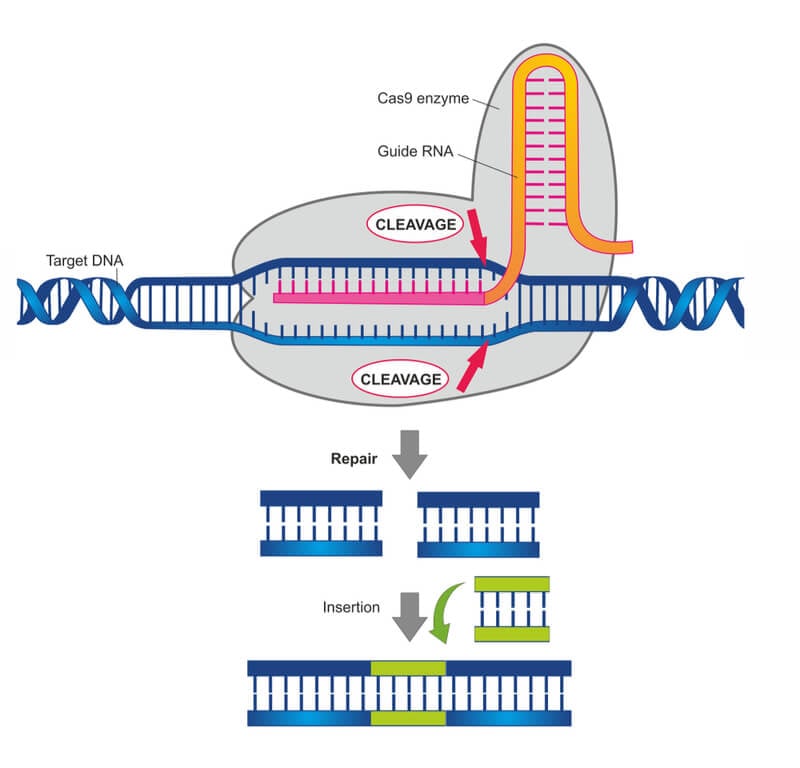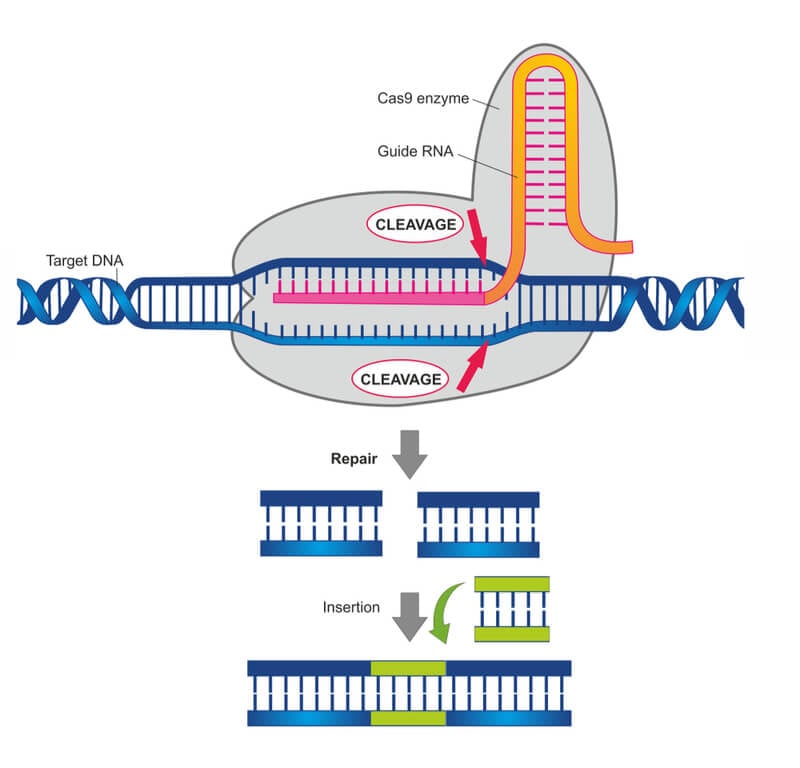Introduction:
In the landscape of modern technology, quantum computing stands as a revolutionary frontier, promising to transform computation, encryption, and problem-solving in ways previously unimaginable. Harnessing the principles of quantum mechanics, quantum computing offers the potential to solve complex problems exponentially faster than classical computers. In this comprehensive article, we will explore the recent breakthroughs in quantum computing, the underlying principles, the challenges, and the transformative implications for various fields.
Understanding Quantum Computing:
At its core, quantum computing leverages the principles of quantum mechanics to process information in fundamentally different ways than classical computing. While classical computers use bits as units of information, quantum computers utilize quantum bits, or qubits, which can exist in multiple states simultaneously thanks to phenomena like superposition and entanglement.
Superposition allows qubits to exist in a combination of 0 and 1 states simultaneously, exponentially increasing the computational power of quantum computers. Entanglement enables qubits to become correlated with one another, even when separated by large distances, leading to parallel processing and enhanced problem-solving capabilities.
Recent Breakthroughs in Quantum Computing:
- Quantum Supremacy: In 2019, Google claimed to have achieved quantum supremacy, demonstrating that its quantum processor, Sycamore, could perform a specific task significantly faster than the most powerful classical supercomputers. This milestone validated the potential of quantum computing to tackle problems beyond the reach of classical computers.
- Error Correction: Researchers have made significant strides in developing error correction techniques for quantum computing, mitigating the effects of noise and decoherence that can disrupt qubits. Error-corrected quantum processors pave the way for reliable and scalable quantum computing systems capable of tackling real-world problems.
- Quantum Algorithms: Novel quantum algorithms have been developed to solve a wide range of problems, from optimization and cryptography to drug discovery and materials science. These algorithms harness the unique properties of qubits to outperform classical algorithms, opening up new avenues for scientific discovery and technological innovation.
- Quantum Networking: Advancements in quantum networking technologies have enabled the transmission of quantum information over long distances, laying the groundwork for a quantum internet. Quantum networks promise to revolutionize communication, cryptography, and information processing by leveraging the principles of quantum entanglement and teleportation.
Challenges and Limitations:
Despite the remarkable progress in quantum computing, significant challenges and limitations remain:
- Decoherence: Quantum systems are highly susceptible to environmental noise and decoherence, which can disrupt the fragile quantum states of qubits. Mitigating decoherence remains a major technical hurdle in realizing practical quantum computers with large numbers of qubits.
- Scalability: Building scalable quantum computing systems with a large number of qubits remains a formidable challenge. Current quantum processors are limited in size and complexity, necessitating advances in qubit fabrication, control, and error correction to achieve scalable quantum computing.
- Hardware Constraints: Quantum hardware platforms face constraints such as limited qubit connectivity, gate fidelities, and coherence times. Overcoming these hardware limitations requires innovations in qubit architectures, materials science, and control techniques.
- Algorithm Design: Designing efficient quantum algorithms for real-world applications remains an ongoing research challenge. Developing algorithms that leverage the unique capabilities of quantum computers while minimizing error rates and resource requirements is essential for unlocking the full potential of quantum computing.
Implications and Applications:
The potential applications of quantum computing are vast and diverse, spanning multiple industries and disciplines:
- Cryptography: Quantum computers have the potential to break existing cryptographic protocols based on factoring large numbers, such as RSA encryption. Quantum-resistant cryptographic algorithms are being developed to secure communication and data in the post-quantum era.
- Drug Discovery: Quantum computing can accelerate the process of drug discovery and development by simulating molecular interactions, predicting drug efficacy, and optimizing drug candidates. Quantum simulations offer insights into complex biological systems and enable the design of more effective therapeutics.
- Optimization: Quantum algorithms can solve optimization problems more efficiently than classical algorithms, with applications in logistics, supply chain management, finance, and operations research. Quantum optimization techniques promise to revolutionize decision-making and resource allocation in diverse domains.
- Materials Science: Quantum computing enables the simulation and discovery of new materials with novel properties, such as superconductors, catalysts, and semiconductors. Quantum simulations provide insights into the behavior of quantum materials and facilitate the design of advanced materials for various applications.
Conclusion:
Quantum computing breakthroughs represent a paradigm shift in computation, encryption, and problem-solving, with profound implications for science, technology, and society. As researchers continue to overcome technical challenges and unlock the full potential of quantum computing, we stand on the brink of a new era of innovation and discovery. From revolutionizing cryptography and drug discovery to transforming optimization and materials science, quantum computing promises to reshape the way we understand and interact with the world. By harnessing the power of quantum mechanics, we are charting a course towards a future where the impossible becomes possible, and the unimaginable becomes reality.









